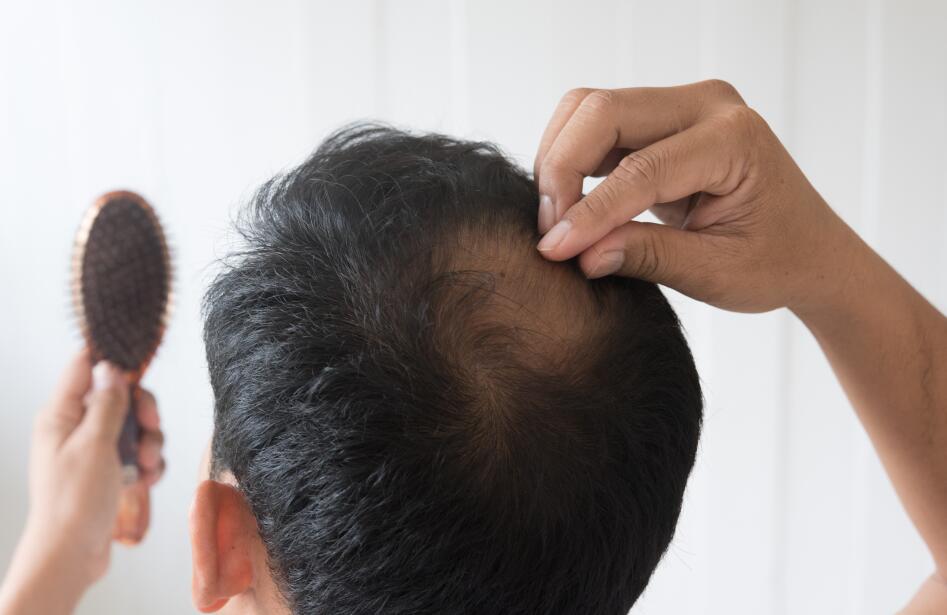-
Your concerns
Our articles to help you gain a better understanding
-
Our solutions
-
DUCRAY Dermatological Laboratories
Our articles to help you gain a better understanding

Diffuse alopecia is a pathology which can affect the entire head. What are the causes and symptoms of this condition?
This type of hair loss is distributed evenly over the entire head. It is characterized by a loss in overall density and volume throughout the entire scalp.
It may appear as occasional hair loss, lasting less than six months, and is totally or partially reversible. It may also appear as chronic hair loss brought on either by persistent acute loss or by a general metabolic or endocrine cause.
A localized form of alopecia also exists, which, if extensive, can be diffuse. This last form, which professionals refer to as androgenetic alopecia, is typically limited to certain areas of the scalp. The most commonly affected areas include the crown and temples for men, and the crown and hairline for women.
Is it possible to treat diffuse alopecia effectively? Once again, it all depends on the nature of the hair loss. In the case of acute or chronic hair loss for which the causes have been identified, treatment consists of addressing the factors that may be triggering the alopecia.
With regard to managing androgenetic alopecia, two types of medicinal treatments have been validated:
* Source: Blume-Peytavi et al., 2011; Norwood, 1975)